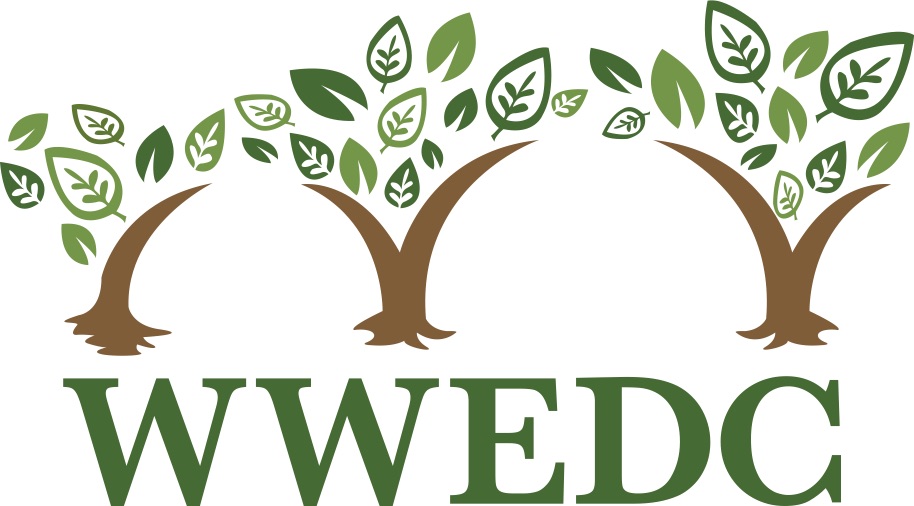Blog post written by Therese Kenny, MSc
As we near the transition from 2021 to 2022, many of us will be spending more time with friends and families. After what has undoubtably been a challenging 21 months, this may be the first time that some of us are seeing certain people in person. Of course, for many, this may bring up concerns about changes in appearance; we are all familiar with the unsolicited weight, body, and food comments that come up this time of year, and the increased time apart may seemingly invite more of these.
Although it would be fan-freaking-tastic if everyone were knowledgeable about the negative impacts of comments about weight, bodies, and food, this is not the reality. We may then need to set boundaries with family members or friends in order to keep ourselves feeling safe. One way to do this is to set guidelines ahead of time. You may want to reach out to people who are closest to you and express the desire to avoid diet talk this year. It is up to you how much you share about why this is important to you, but letting people know ahead of time can help them understand that (and why) you may change the subject or leave a conversation.
Unfortunately, asking to avoid these topics often does not prevent all diet talk and so we need to be prepared to respond to unsolicited comments or advice in or after the moment. There are many approaches to doing this and it will ultimately, depend on your level of comfort addressing this topic with people around you. Before attending a function, take a moment to consider who will (or may) be there and your level of comfort with these individuals. Then, you can plan ahead to have some of these strategies in your back pocket.
1. Ignore: If I am at an event with people that I do not know super well and someone makes an offhand comment, I often choose to ignore it. For me, I do not feel that a public setting is the time or place to have a conversation with someone I do not really know and may not see frequently. If however, the comments persist, I may take a different course of action. An example of when you may want to ignore could be an extended family member commenting on your appearance when you first see them.
2. Change the subject: If the comments continue and you are feeling uncomfortable (or even if the single comment was enough to send you spinning), you may want to change the subject. You can do this by subtly redirecting the conversation or by making an obvious statement to indicate that the conversation is over. I was once at a training where we were practicing derailing diet talk, and a colleague used the example of, ‘So what about the political climate in America?’ Depending on who you are with, you may choose a less inciting statement, but you get the idea! If you are uncomfortable with shifting the topic, you may want to confide in a trusted friend or family member who can redirect the conversation for you when it gets into unhelpful areas.
3. Ask for something to change: You may also choose to have a conversation with someone about how their comments are affecting you and what they can change to support you. Depending on the situation, you may want to have this before, during, or after the event. A good acronym to help you structure this conversation is DEAR:
Describe: First, you want to describe the facts of the situation (not your feelings or interpretation). For example, you might say, ‘Last night at the dinner table, you made a comment about needing to go to the gym after having eaten.’ This statement describes what happened in a non-judgmental way.
Express: You will then express how the situation made you feel. While our inclination may be to tell the other person how they made us feel, it is often more effective to express our own feelings without blame or judgment. In the example above, I might say, ‘When I hear statements like these, it triggers thoughts of needing to lose weight, which makes it harder to engage in my recovery journey’ as opposed to ‘Your comments make me feel crappy.’
Assert: A is the most important step. It is what we are going to ask for in our conversation. Before you enter into the conversation, it is helpful to know what you are asking for. Would you like everybody at the party to avoid all diet talk? Do you want your friend to be more mindful of what they say? Being clear about our ask is important in that it helps us get our needs met or to determine that our needs cannot be met in a particular situation. For example, a friend who is deeply invested in diet culture may have difficulty shifting conversation and thus, you may need to think of other strategies for interacting with this person. In the current situation, an example of an assertion could be, ‘I would appreciate if you could not talk about diets, weight, food, or exercise around me.’
Reinforce: Finally, we want to reinforce what we are asking for. We are asking for something from someone else and want to demonstrate or highlight how this will also benefit them. Sometimes this could be a tangible benefit (e.g., a worker asking for a raise who will do better work if they are appropriately compensated). Sometimes this could be appreciation or gratitude (e.g., appreciating someone’s attempts to be more mindful of triggers). Here I might give examples of both, ‘I would really appreciate if you could do this as it will make me feel safer. I also think that you may notice some benefits from not always talking about these subjects!’
4. Have a conversation: With certain relatives and friends, you may feel open to having a conversation about the ways in which these comments affect you. Engaging in this dialogue in an open and honest way can be helpful in supporting others to understand you. It however, also carries risks in that another person may not be able to see your perspective or may not understand why this is so upsetting to you. You are the best judge of your own tolerance of this risk, as well as of your friends’ and family’s openness to difficult conversations. Depending on your stress levels, the middle of a party may not be the best time to have this conversation; however, the next day over coffee may feel manageable. Your level of comfort dictates how much or little you want to share about your personal experience. If you are not feeling comfortable disclosing, you may choose to share a resource, such as this article (https://www.self.com/story/body-talk-consent) about the impact of these statements.
5. Leave: Sometimes, despite our best efforts, openness, and willingness to engage in dialogue, people are not ready to change how they talk. Other times, we may just feel exhausted by all the diet and body talk and not have the energy to redirect, ignore, or comment on it. This is your annual reminder that it is okay to leave! You can leave the conversation, the room, or the event. Having a supportive friend who can help you with this can be beneficial.
This time of year can be challenging for many reasons. Planning ahead for possibly triggering, harmful, or uncomfortable statements can be helpful in managing your mental health this holiday season.























